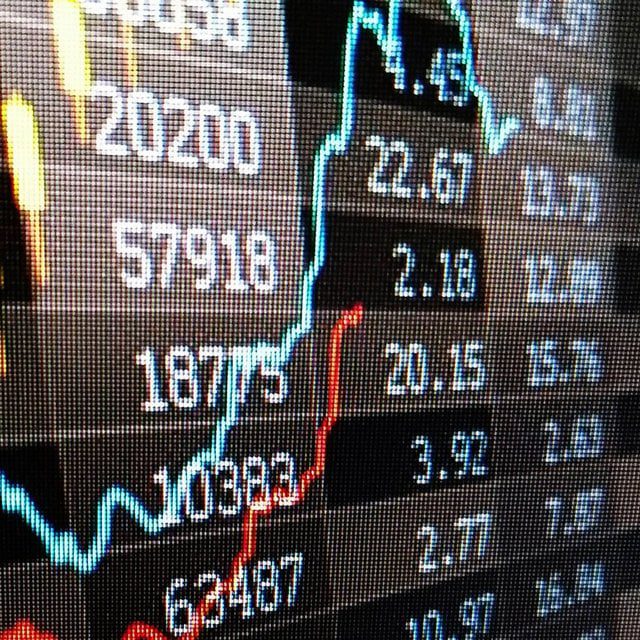7 Talking Points to Demystify ETFs for Clients

2. Compared with mutual funds, the structure of today’s ETFs is like a Porsche Panamera versus a Hudson Hornet.
Rampant innovation in recent years has made this category a high-performance, agile investment, in contrast with relatively stodgy, clumsy mutual funds. To use a different metaphor, don’t think about ETFs as basic flavors — chocolate, vanilla, strawberry — representing just major equity indexes and dominant sectors.
Instead, think in terms of Baskin-Robbins’ 31 original flavors — times 100. The debut of a few hundred new ones in 2022 brought the total of U.S. ETFs to about 3,100.
3. There is now a wide variety of actively managed ETFs.
A change in Securities and Exchange Commission regulations in 2019 opened the floodgates for active funds, and cash has since poured in, fueling new products. In 2022, active ETFs gained $106 billion — up 22% from 2021. (About 30% of this was from mutual fund conversions.)
Though active ETFs now comprise only about 4% of a $7 trillion category, they had 11% of the industry’s total inflows in 2022 — about $70 billion, according to Morningstar. Some of these products come with sophisticated management, which means higher fees. But in many cases, they’re well worth it for the net returns they deliver.
4. All this flash does not come without cash for investors.
Growth in dividend-focused ETFs is creating more choices, enabling investors to flexibly position for dividend income while waiting for shares to rise. Dividend ETFs have posted positive inflows for 26 straight months, last year taking in $72 billion — 68% more than in 2021.
5. Today’s ETFs cover the full gamut of asset classes, including various alternative assets, many of them paying substantially more income than bonds.
Alternative products include real estate investment trusts (REITs), some varieties of which benefited many investors in the real estate run-up of 2021. There are REIT ETFs that own cell towers, data centers, health care facilities, shopping malls and all manner of other leased properties, along with those that provide services.
Also quickly increasing have been various options-based ETFs (including buffered products), which can be used to generate income or manage equity risk. There were more than 120 such ETFs in late 2021, and more began operating last year.
6. Fixed income ETFs abound, especially now that bonds are paying actual yields again.
Bond ETFs took in nearly $200 billion last year, including a record $125 billion into government bond funds. Available fixed income products include ETFs owning preferred stocks, available in various permutation, including those owning variable-rate preferreds and those that combine preferred stocks with bonds and derivatives.
7. This abundance of choices can be bewildering, and it’s not without peril, as it’s easier to choose incorrectly.
Thus, it’s best for many individual investors to use an advisor to select and manage ETFs, as with other types of investments.
Considering the multiplicity of ETFs available today, a good understanding of them by advisors — and their clients — can enable constructing custom client portfolios.
Dave Sheaff Gilreath, CFP, is a founding principal and CIO of Innovative Portfolios, an institutional money management firm, and Sheaff Brock Investment Advisors. Based in Indianapolis, the firms manage assets of about $1.3 billion.




